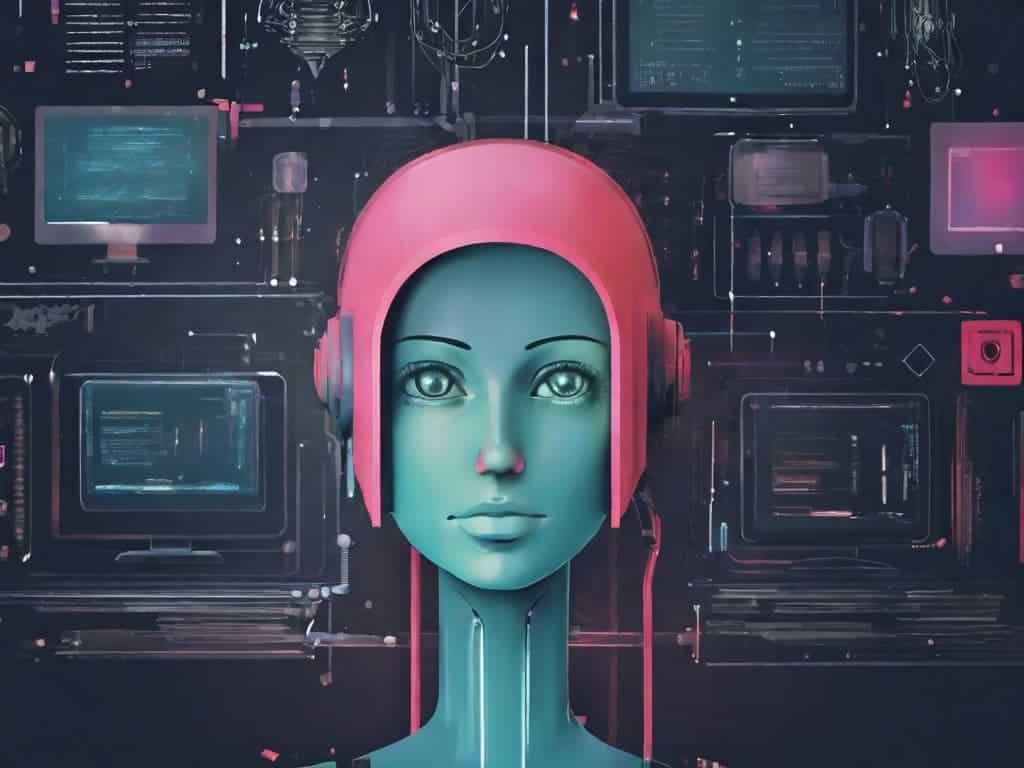The Artificial Intelligence field is moving at neck-breaking speeds. As breakthroughs are reached almost every day, it’s clear that generative AI will have a profound impact in all areas of our lives very soon. That’s why you need the best structured generative AI courses to get in the fold.
You’ll need a solid foundation of generative AI concepts. What it is, how Large Language Models (LLMs) work under the hood, how to train them, how they take human input, process it, and spit out a coherent response, and much more.
In this article, we will dive into the best generative AI course recommendations that I’ve taken myself or I have come across that will take you from complete novice to expert. Let’s dive in!
The Top Structured Generative AI Courses
In this section, you’ll find the top free and paid generative AI and deep learning courses that cover topics such as:
- LLM Training
- Fine-tuning
- Instruction tuning
- Working with datasets
- Open-source models and hubs, and more
This is just a sneak peek of what to expect. These courses dive much deeper into all aspects of generative AI as you’ll see below.
1. Generative AI with Large Language Models (Free & Paid Course)
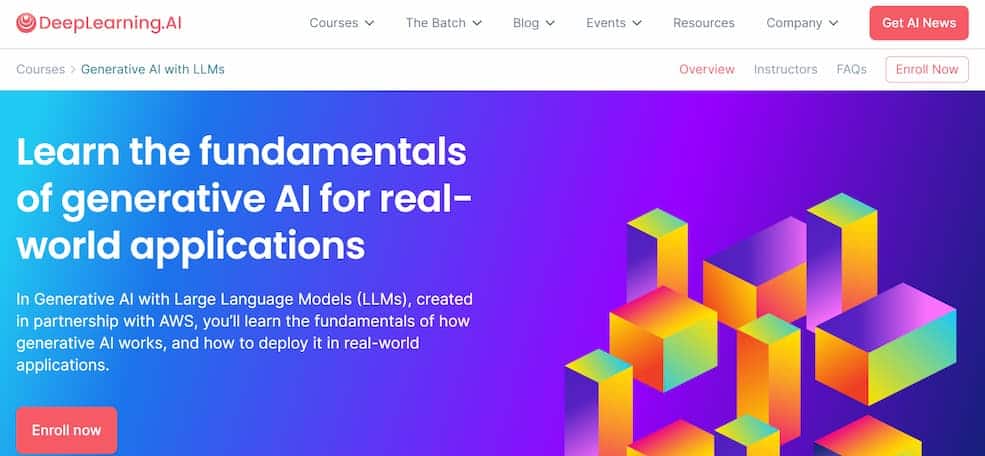
Generative AI with Large Language Models is one of the best generative AI courses out there. I took this course by DeepLearning.ai on Coursera, and I found it to be comprehensive, accessible, and engaging. In general, you don’t need to be good in math or programming to take this course. With that said it has some very technical topics but most of them are optional. Overall, expect to get a broad understanding of generative AI and its applications.
This is both a free and paid course available on Coursera. Here are the distinctions between the free and paid versions of the Generative AI course.
- Free: You’ll have access to all the video lessons except certain assignments and practical lab exercises where you’ll get hands-on experience with working with LLMs such as fine-tuning a model for text summarization. You also won’t get a certificate after completion.
- Paid: The course costs $49. You’ll get access to the practical labs, all quizzes and assignments, and also a certificate after successful completion of the course.
If your goal is to get a career in deep learning or complement your existing career with a generative AI/ Deep Learning course, then it’s a good idea to take the paid course. Otherwise, if you’re just satisfying your curiosity the free version has got you covered.
What you’ll learn
The course is designed to be completed within 3 weeks although you can adjust the due date if for some reason you can’t complete it within that timeline. Here’s the breakdown of what you’ll learn in those three weeks:
- Week 1: Generative AI use cases, project lifecycle, and model pre-training.
- Week 2: Fine-tuning and evaluating large language models.
- Week 3: Reinforcement learning and LLM-powered applications.
Each week you’ll dive into several videos, quizzes, and reading assignments that will give you a solid understanding of the topics.
2. HuggingFace NLP Course (Free Course)
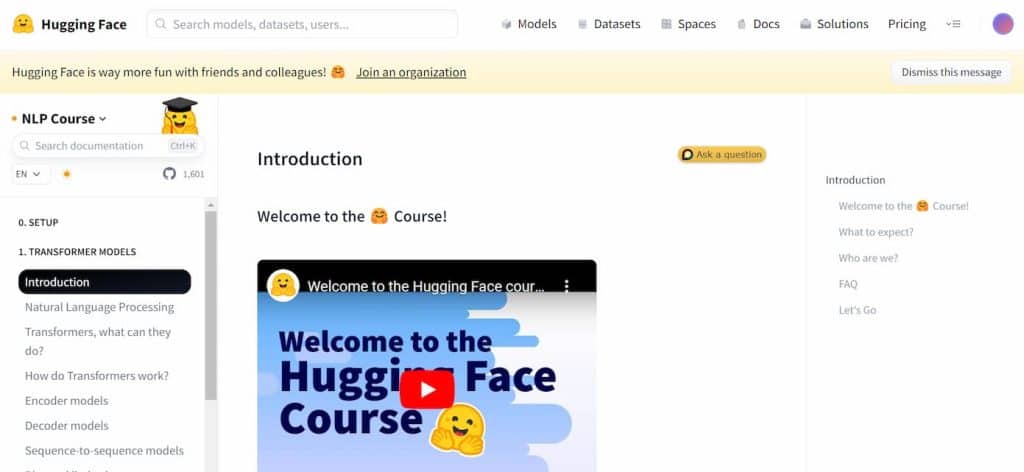
HuggingFace is an open-source machine-learning platform that allows users to collaborate, build, and share Large Language Models.
The free HuggingFace Natural Language Processing (NLP) course dives into how to use the various open-source models on the HuggingFace hub, how to train models, apply the right model for the right use case, and so much more.
You’ll need a beginner to intermediate understanding of Python and general programming concepts to fully understand this course.
The course will also teach you how to navigate the HuggingFace Hub to find datasets, and LLM models for different use cases such as text summarization, text-to-image, text-to-video, translation, and so much more.
3. Practical Deep Learning for Coders (Free Course)
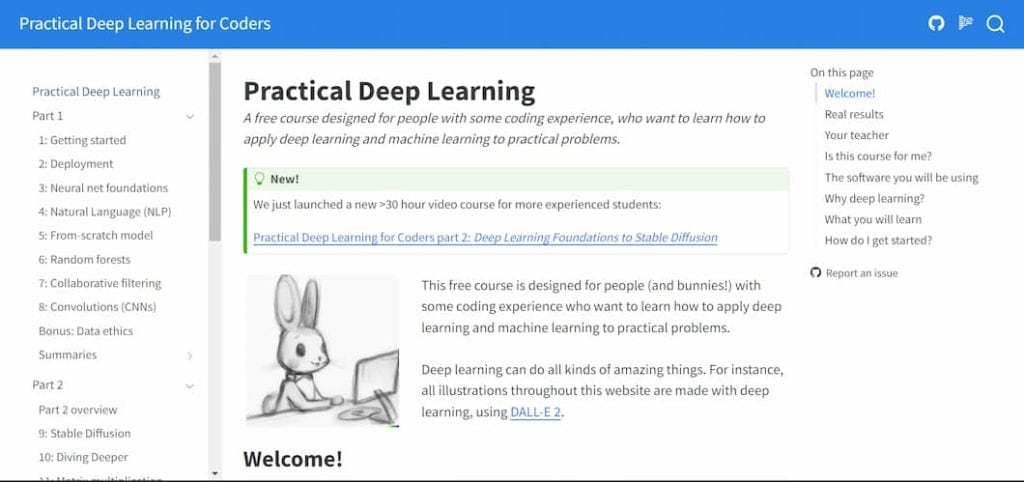
Practical Deep Learning for Coders is a more technical course that involves building a deep-learning neural network from scratch using Python and PyTorch.
It currently has two parts:
- Part one: You’ll learn about NLP, Machine Learning, and Deep Learning techniques such as Convolutional Neural Networks (CNNs), Random Forests, and more.
- Part two: You’ll dive into Stable Diffusion, and how to generate images and videos using the Diffusers pipeline library, and more.
Again, this is a very technical course that dives deep into the heart of LLMs, deep learning, and machine learning. You’ll need strong Python skills as well.
4. AI for Everyone
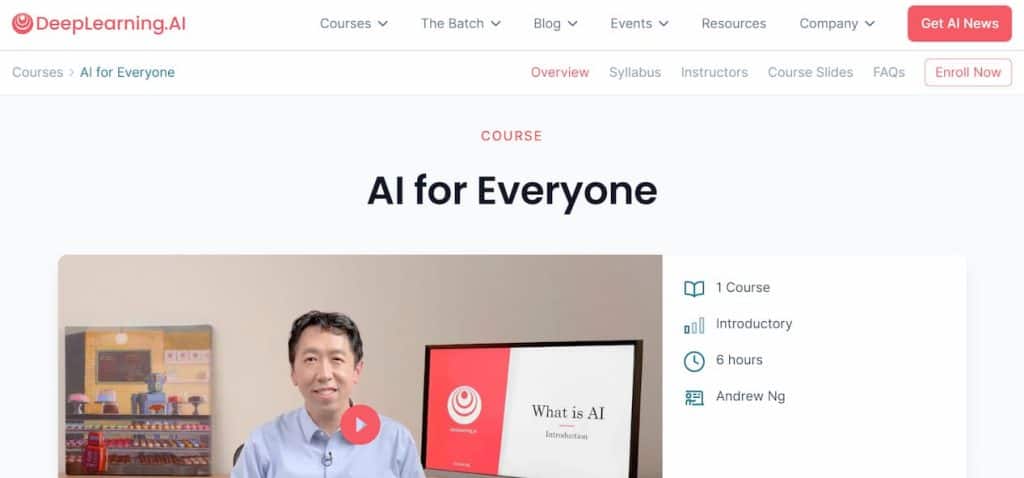
AI for Everyone is yet another course by DeepLearning.AI offering accessible content to newbies who would like to break into AI. If you’re a business founder, marketer, HR professional, etc, and you would like to understand the implications of AI in your profession, then this course is for you.
What you’ll learn:
- Week 1: What is AI
- Week 2: Building AI Projects
- Week 3: AI in Your Company
- Week 4: AI and Society
Machine Learning vs. Deep Learning vs. Generative AI
Artificial Intelligence is a broad topic that encompasses machine learning, deep learning, and generative AI. It’s crucial to understand the differences as people often mix them up.
- Machine Learning: Machine Learning is a branch of artificial intelligence that encompasses a wide range of algorithms and techniques. At its core, Machine Learning focuses on the development of models and algorithms that enable computers to learn from and make predictions or decisions based on data.
- Deep Learning: Deep Learning is a subset of Machine Learning that revolves around artificial neural networks with multiple layers, known as deep neural networks. These networks are particularly adept at automatically learning intricate features and representations from raw data, making them well-suited for complex tasks like image and speech recognition, natural language processing, and more.
- Generative AI: Generative AI is a specialized field within artificial intelligence that concentrates on creating models capable of generating novel data. These models are designed to produce content that resembles human-generated data, such as images, text, music, and more.
Conclusion:
Understanding generative AI is essential if you’d like to get the most out of ChatGPT, generative AI for images, open-source LLMs, and other generative AI models.
This article has highlighted three main courses that will get you ahead of the pack:
- Generative AI with Large Language Models (Free & Paid Course)
- HuggingFace NLP Course (Free Course)
- Practical Deep Learning for Coders (Free Course)
- AI For Everyone
- How to Build a AI Career Chatbot That Acts Like You [Easy] - July 18, 2025
- 10 Best Prompt Engineering Frameworks For Every Profession - June 17, 2025
- Prompt Engineering: The Ultimate Guide - June 15, 2025

